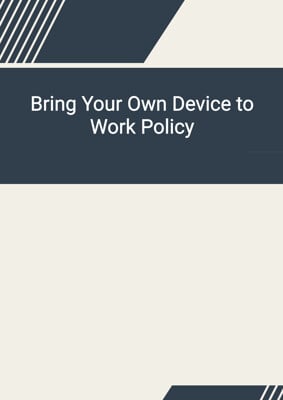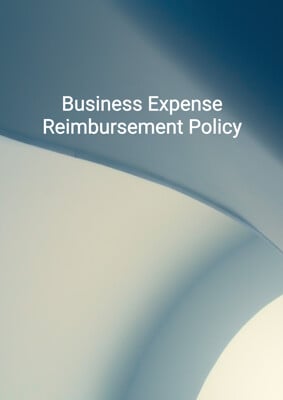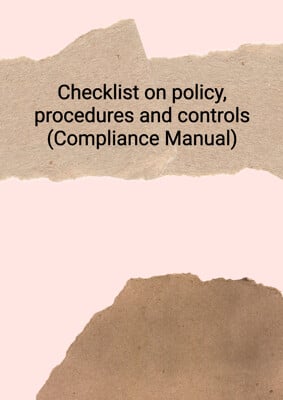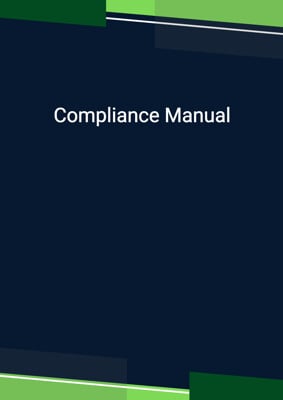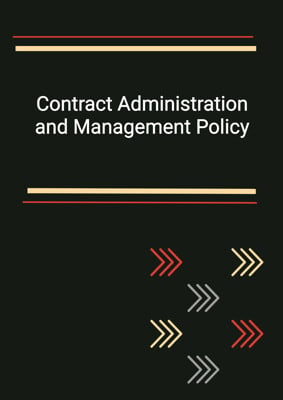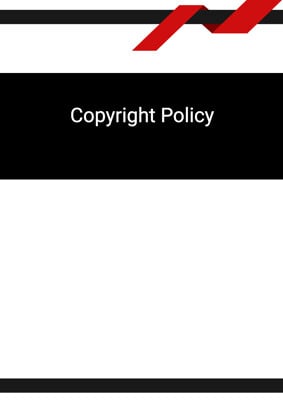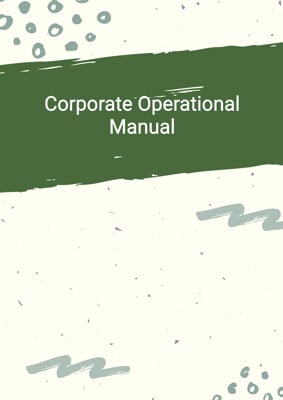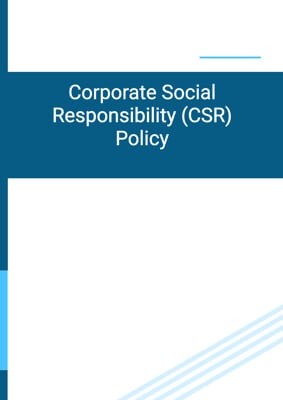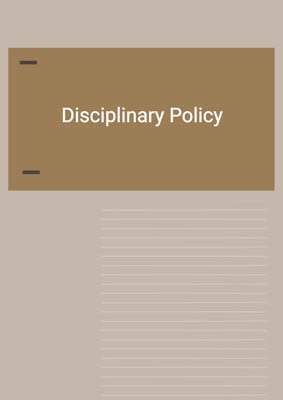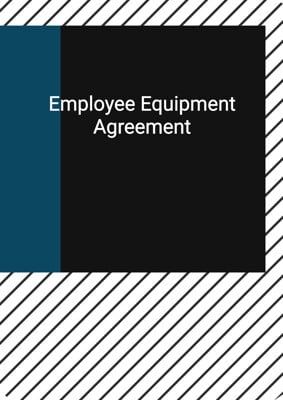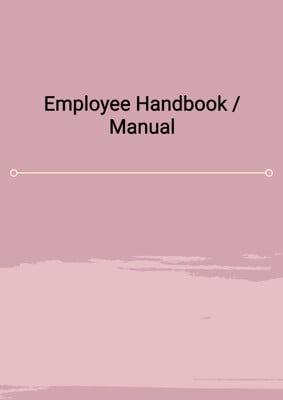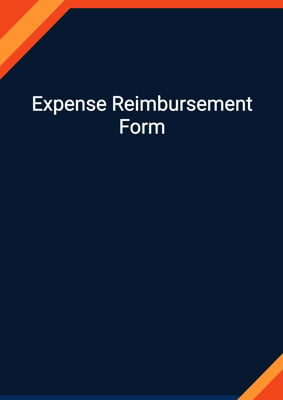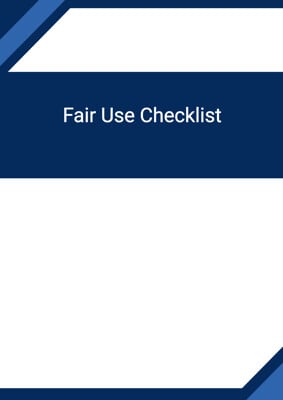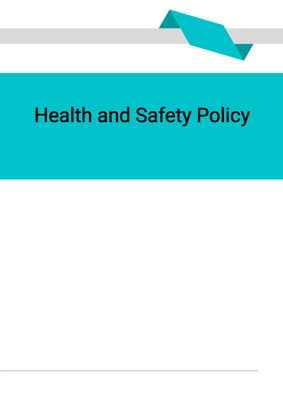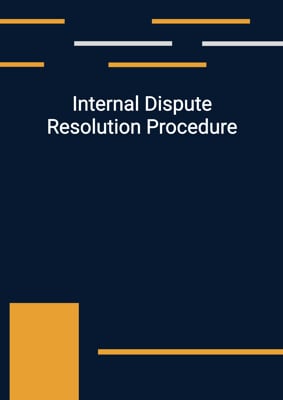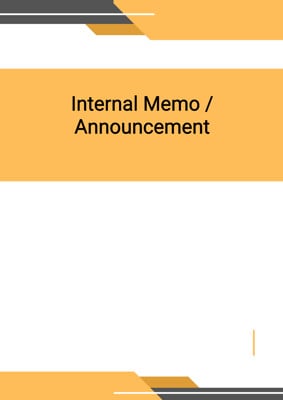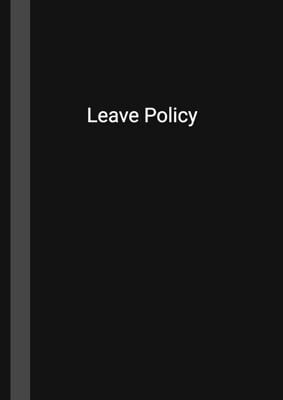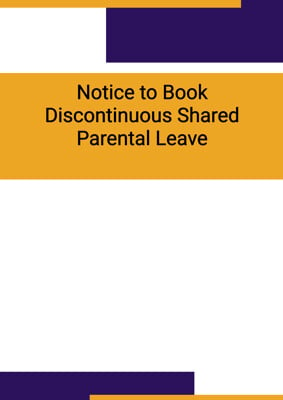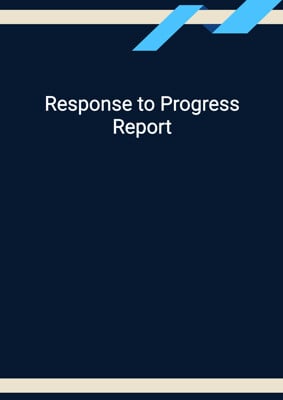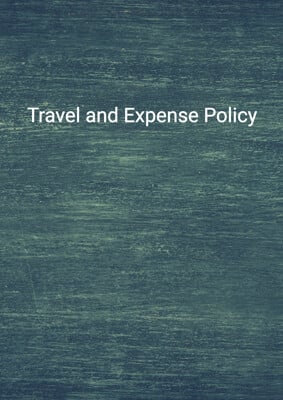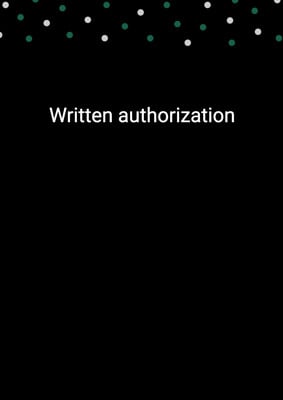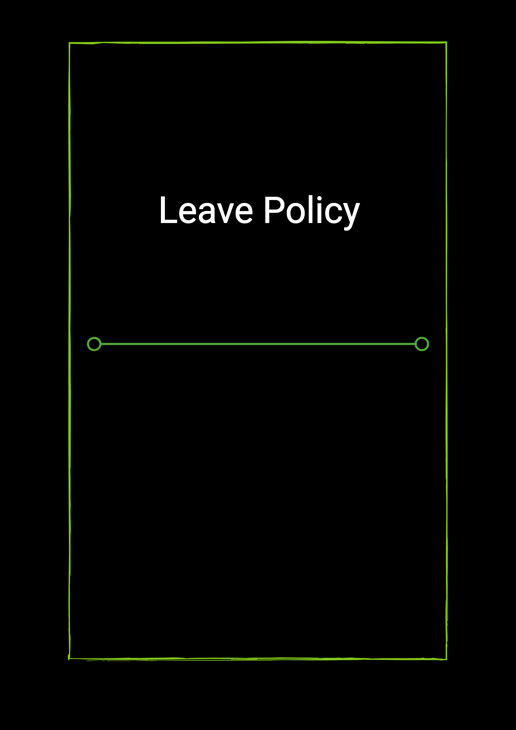
Leave Policy
Paid Time Off (PTO) Policy
This document can be used as a template for Paid Time Off Policy (PTO) for the company's internal use. The PTO policy combines annual leave, sick leave, and other personal leave into a single pool of days for employees to use when they take paid time off from work.
How to Tailor the Document for Your Need?
01
Create Document
Click "Create Document" button and the document will be prepared with your account details automatically filled in.
02
Fill Information
Please fill in any additional information by following the step-by-step guide on the left hand side of the preview document and click the "Next" button.
03
Get Document
When you are done, click the "Get Document" button and you can download the document in Word or PDF format.
04
Review Document
Please review the document carefully and make any final modifications to ensure that the details are correct before publication / distribution.
Document Preview
Document Description
The 'Leave Policy' document is an important policy that outlines the rules and procedures for taking paid time off (PTO) for employees of Account Job Company. The document begins with a purpose and scope section, which explains that the PTO policy allows employees to take paid leave for various personal needs while recognizing their responsibility to manage their time off. It emphasizes that employees will accumulate a specified amount of PTO each pay period based on their length of service with the company.
The document then provides eligibility and entitlements information, stating that all employees are eligible to receive PTO if they are regular status employees scheduled to work a certain number of hours per week. Part-time employees working fewer hours accrue PTO on a prorated basis.
Next, the benefits section explains how employees will accrue PTO based on their years of service and provides an accrual schedule for full-time employees. It clarifies that PTO is accrued while working and not during leaves of absence or suspensions.
The document also covers the carry forward of PTO. It states that unused PTO time may or may not be carried forward into the next calendar year, depending on the company's policy. If carry forward is allowed, there is a limit on the amount of PTO time that can be accumulated. Once the limit is reached, employees must use some of their accrued time before they can accumulate more.
The management of PTO section highlights the employee's responsibility for managing their PTO account. It advises employees to plan ahead for vacations, doctor's appointments, and personal business, while also keeping some time in reserve for emergencies and illnesses. It mentions that unpaid leave may be considered if all PTO has been utilized.
The notice and procedure section explains that employees must submit a written notice to their immediate supervisor to avail of PTO. It emphasizes the importance of providing reasonable advance notice and obtaining approval. It also addresses situations where advance notice is not possible due to sudden illness and outlines the information that must be included in the written notice.
The termination of employment section states that upon termination, employees may or may not be paid for their accrued but unused PTO, depending on the company's policy.
Finally, the document provides contact details for employees to seek further guidance and clarifies that the policy is subject to amendments by the company's HR department.
Overall, the 'Leave Policy' document is a comprehensive guide that ensures employees understand the rules and procedures for taking PTO and encourages responsible management of time off.
How to use this document?
1. Review the purpose and scope section to understand the flexibility and individual responsibility associated with using PTO.
2. Check the eligibility and entitlements section to determine if you meet the criteria for receiving PTO.
3. Refer to the benefits section to understand how PTO accrues based on years of service and the accrual schedule for full-time employees.
4. Understand the company's policy on carrying forward PTO by reading the carry forward PTO section.
5. Take note of the management of PTO section, which emphasizes the employee's responsibility for planning and managing their PTO account.
6. Familiarize yourself with the notice and procedure section to learn how to request and obtain approval for PTO.
7. If you need to terminate your employment, refer to the termination of employment section to understand the company's policy on payment for unused PTO.
8. If you have any questions or need further guidance, contact your human resource representative at the provided email address.
9. Remember that the policy may be subject to amendments, so stay informed about any updates from the company's HR department.
Not the right document?
Don’t worry, we have thousands of documents for you to choose from:
